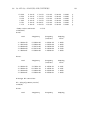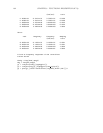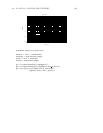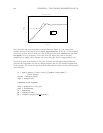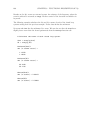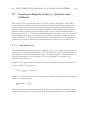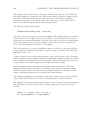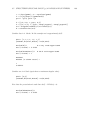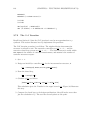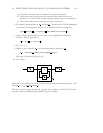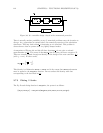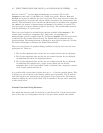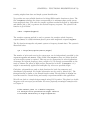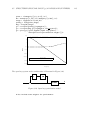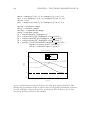3.7. STRUCTURED SINGULAR VALUE (µ) ANALYSIS AND SYNTHESIS 109
c = 1/sqrt(gamma); d = -sqrt(beta/gamma)
f = (1+jay)*sqrt(1/(gamma*beta))
psi1 = -pi/2; psi2 = pi
U = [a,0; b,b; c,jay*c; d,f]
V = [0,a; b,-b; c,-jay*c; f*exp(jay*psi1), d*exp(jay*psi2)]
scl = diagonal(random(4,1)+0.1*ones(4,1))
M = scl*U*V*’*inv(scl)
Consider four 1×1 blocks. In this example mu is approximately 0.87.
blk1 = [1,1; 1,1; 1,1; 1,1]
[mubnds1,D1,Dinv1,Delta1] = mu(M,blk1)
max(svd(M))? # a very crude upper bound
ans (a scalar) = 3.17155
max(svd(D1*M*Dinv1))? # the D scale upper bound
ans (a scalar) = 1
mubnds1?
mubnds1 (a column vector) =
1
0.864113
Consider one 4×4 block (equivalent to maximum singular value).
blk2 = [4,4]
[mubnds2,D2,Dinv2,Delta2] = mu(M,blk2)
Note that the perturbation is such that det(I − MDelta)=0.
max(svd(D2*M*Dinv2))?
ans (a scalar) = 3.17155



